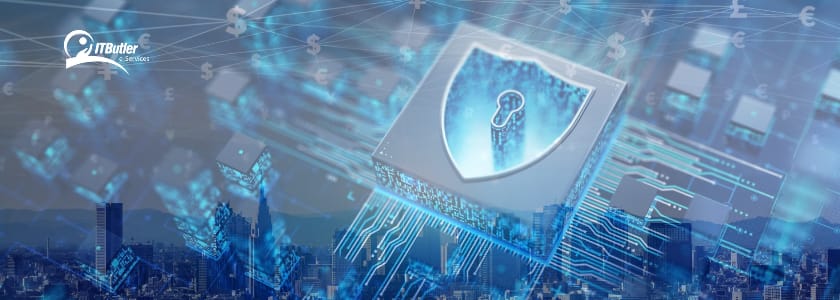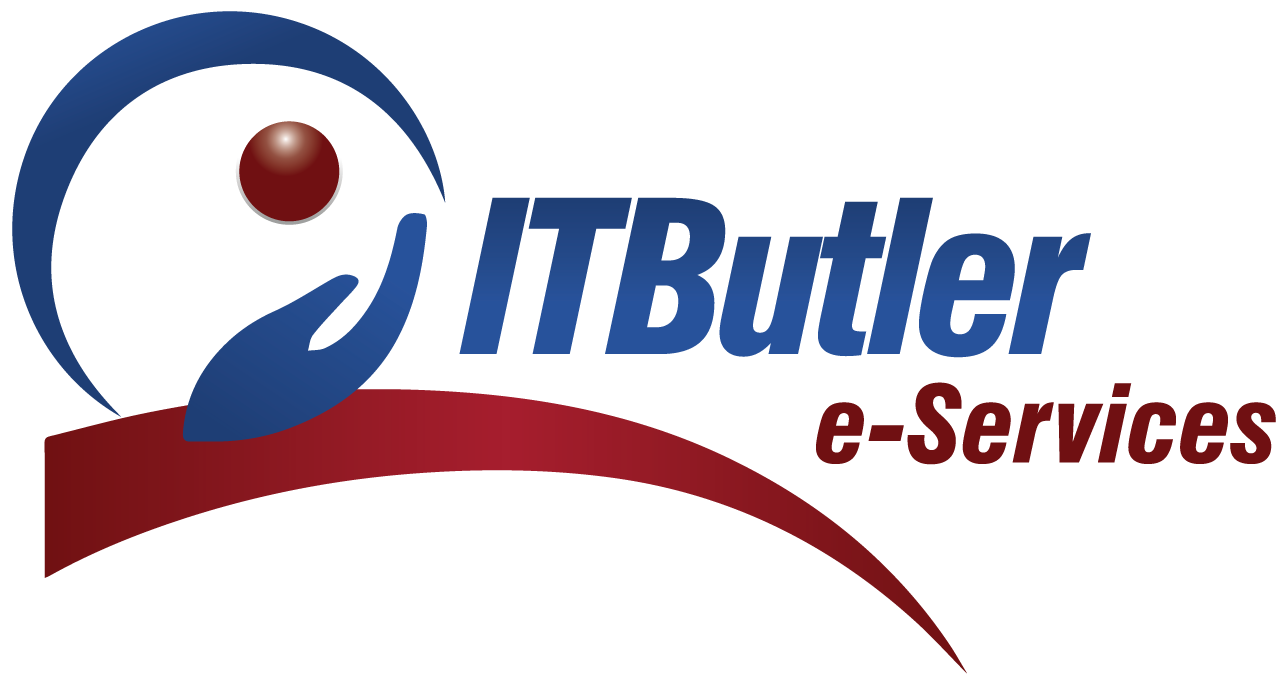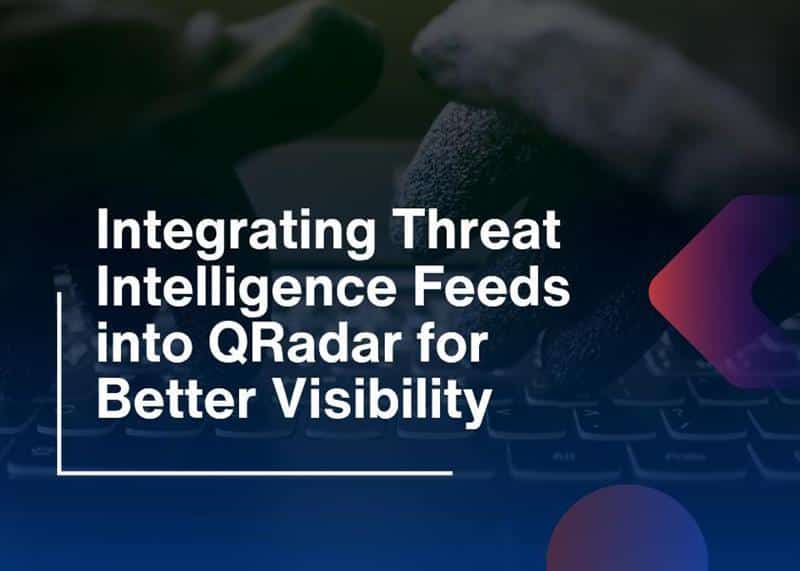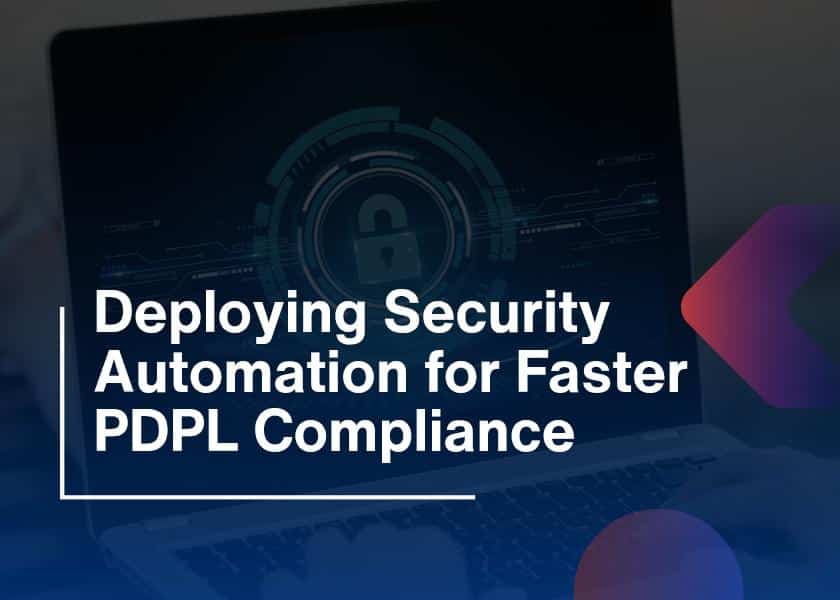Is Your Business Ready for Cyber Threats in Saudi Arabia? In today’s fast-moving digital world, cybersecurity isn’t just for tech giants, it’s a survival tool for everyone. But if you’re part of Saudi Arabia’s financial ecosystem, you’re under even greater pressure. So, here’s the real question: Is your company ready to meet the cybersecurity standards expected by regulators? However, the SAMA framework was designed exactly for this reason. It’s not just a bunch of checkboxes. It’s a detailed guide to help financial institutions in the Kingdom protect their data, reputation, and customers. Whether you’re a startup in fintech or a traditional bank, this framework is a game-changer.
What is the SAMA Framework for Cybersecurity?
The SAMA framework represents a cybersecurity standard developed by the Saudi Arabian Monetary Authority(SAMA), which now operates as the Saudi Central Bank. The Saudi Arabian Monetary Authority enforces maintaining uniform protection levels for all financial institutions under its oversight.
The SAMA regulations provides Saudi Arabia’s financial sector with specialized security standards that depart from the general approach of international systems. The framework combines global standards NIST along with ISO/IEC 27001 through specific modifications that respond to the Kingdom’s particular security threats, together with regulatory requirements.
This isn’t optional. All organizations operated by SAMA need to uphold the requirements of this framework for regulatory compliance. Additionally, IT teams and compliance officers, together with executives, should master this framework because it represents essential knowledge for their professional roles.
Why Were the SAMA Regulations Created?
Digital operations expand in direct proportion to the growth of digital dangers. Therefore, the SAMA regulations were created.
Cyber Threats Are on the Rise
The status of Saudi finance cybersecurity has been highlighted because of its increased focus on digital banking and digital wallets. Digital services continue to expand into wider adoption, which results in progressively complex cyberattacks. Saudi Arabia faces repeated cyber attacks against its financial systems from a growing number of threats.
A Need for Uniformity
The framework replaced a situation where all organizations operated independently. Each institution adopted different methods to safeguard its systems without implementation guidelines. Therefore, SAMA established the framework to establish common security standards that every licensed financial institution follows.
In addition, the Saudi cybersecurity framework consists of four essential domains that form its organizational foundation. The SAMA cybersecurity framework follows an organizational scheme that includes four main domains. Each one focuses on a specific area of cybersecurity management.
Core Domains of the SAMA Framework
The SAMA cybersecurity framework is structured around four main domains. Each one focuses on a specific area of cybersecurity management.
1. Leadership and Governance
This domain requires support from the highest levels of leadership for objectives. Additionally, the framework enables top-level executives to grasp cybersecurity dangers so they can efficiently distribute funds accordingly.
2. Risk Management and Compliance
Risks must be thoroughly identified and then evaluated before the section commits to proper cybersecurity risk management. Furthermore, the compliance requirement includes upholding both national and international regulatory standards.
3. Operations and Technology
The priority in this domain includes safeguarding IT infrastructure alongside access regulation alongside data authenticity. Therefore, this section focuses on technical cybersecurity measures.
4. Third-Party and Outsourcing Risk
Business operations become riskier when institutions engage outside vendors for their operations. So, this domain protects security operations for all third-party relationships.
Who Must Comply with the SAMA Security Framework?
If your organization is licensed and regulated by SAMA, you must comply. Covered entities include:
- Commercial banks
- Investment banks
- Insurance and reinsurance companies
- Finance companies
- Credit bureaus
- Electronic payment services
- Fintech firms under SAMA’s sandbox
Furthermore, no matter how big or small your company is, if you fall under SAMA’s regulatory umbrella, the rules apply.
Steps to Achieve SAMA Compliance
Getting compliant might seem overwhelming, but it becomes manageable with a step-by-step approach. Here’s a simplified guide:
1. Conduct a Gap Analysis
Firstly, start by checking where your company stands right now. Compare your current cybersecurity practices to what the SAMA framework requires. Are your policies outdated? Are there areas where you’re completely lacking security measures? This step helps you identify the “gaps” that need fixing.
2. Create a Roadmap for the SAMA Framework
Once you’ve found the gaps, don’t panic, just start working. Create a clear action plan with steps, deadlines, and responsibilities. For example, if your access control needs improvement, set a target date, assign a team to handle it, and track the progress. Additionally, think of this as your cybersecurity improvement calendar.
3. Strengthen Governance
Cybersecurity isn’t just an IT issue, it starts at the top. So, your executives and board members should understand the risks and support security initiatives. This means allocating proper budgets, approving policies, and taking accountability for keeping the organization secure.
4. Update Policies and Procedures
Time to look at your internal documents. Are your cybersecurity policies aligned with SAMA’s expectations? Update areas like incident response plans, password policies, and data access rules. Additionally, make sure that your staff has clear instructions to follow if a cyber incident happens.
5. Implement Technical Controls
Now get hands-on with the tech. Add or upgrade tools like firewalls, antivirus, data encryption, and multi-factor authentication. These tools protect your systems and customer data from hackers and internal threats.
6. Educate Your Staff about the SAMA Framework
Even the best technology won’t help if your employees click on a phishing link. Therefore, training your team is critical. Teach them how to spot suspicious emails, create strong passwords, and report security incidents. Additionally, make security a part of everyday work life.
7. Monitor and Audit
Finally, don’t set it and forget it. Continuously test your systems. Additionally, run vulnerability scans, simulate cyberattacks, and conduct internal audits. This keeps your organization alert, improves your defenses, and shows SAMA that you’re serious about compliance.
SAMA Compliance Challenges and How to Overcome Them
Here are some common hurdles and how to handle them.
- Lack of Cybersecurity Awareness: Many firms underestimate the importance of security until it’s too late. So, start with leadership training and make cybersecurity part of the company culture.
- Outdated Systems: Legacy systems are hard to secure. Therefore, slowly modernize and integrate systems that can adapt to today’s threats.
- Limited Resources: Not every company has a big IT team. So, consider outsourcing some services, but always assess third-party risks as required by the SAMA framework.
- Poor Documentation: If it’s not written down, it didn’t happen. Proper documentation is key for audits. In addition, assign someone to keep records updated.

Impact of the SAMA Security Protocols on Saudi Finance Cybersecurity
The results of implementing this framework have been significant.
1. A Higher Level of Readiness
Organizations now have clearer processes for incident response, threat detection, and data protection. So, this has led to a more secure financial ecosystem.
2. Greater Trust in Digital Banking
Customers feel more secure when they know their banks follow strict cybersecurity rules. Therefore, this helps build trust in digital financial services.
3. Boosted International Reputation
Saudi Arabia is gaining recognition for its strong stance on cybersecurity, especially in finance. This encourages more global investment and partnership.
The Future of SAMA and Cybersecurity in the Kingdom
Cyber threats will only grow more complex, and so will the SAMA regulations.
- Expected Updates: As technologies like AI, blockchain, and open banking evolve, the framework will likely be updated to reflect these advancements. Institutions must stay agile and responsive.
- Increased Enforcement: SAMA is becoming stricter about audits and penalties. Non-compliance can lead to warnings, fines, or even license suspension.
- Support for Innovation: The framework doesn’t block innovation; it supports secure innovation. So, companies that adopt emerging technologies while following the framework will thrive.
Conclusion
The SAMA framework for cybersecurity isn’t just about compliance, it’s about building a safer, stronger financial future for Saudi Arabia. In addition, in an age where cyber threats are constantly evolving, this framework offers a blueprint for protecting not just your data but your entire business.
Additionally, from improving Saudi finance cybersecurity to increasing customer trust, the benefits of following this framework are undeniable. So, whether you’re just starting your compliance journey or refining your existing program, take the time to truly understand and apply the framework. In cybersecurity, being proactive is always better than being reactive.





